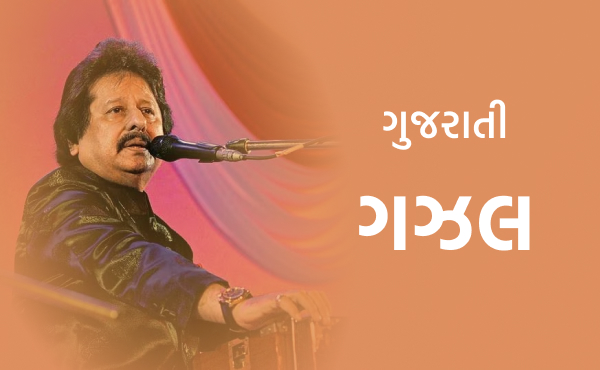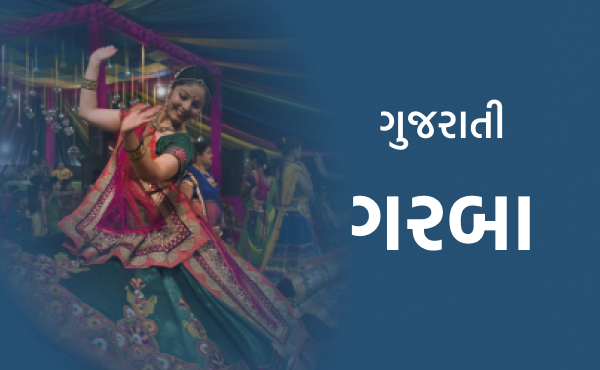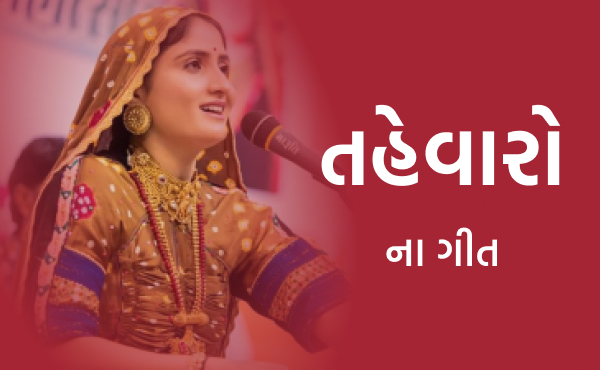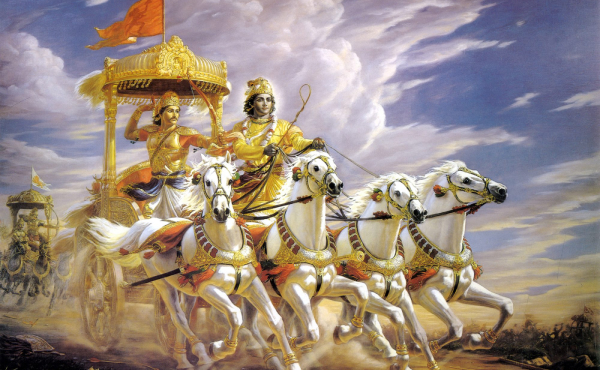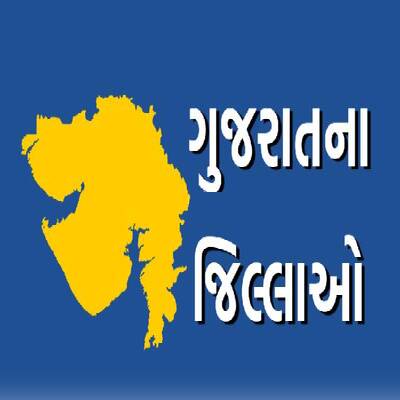ચોઘડિયા એ હિન્દુ પંચાંગનું એક ભાગ છે જે દિવસને અને રાત્રિને વિવિધ મુહૂર્તોમાં વિભાજિત કરે છે. દરેક મુહૂર્તનો સમય અને તેની યોગ્યતા વિવિધ કામો માટે હોય છે, જેમ કે વેપાર, શિક્ષણ, લગ્ન, ધાર્મિક કાર્યો વગેરે. આ મુહૂર્તો દિવસ અને રાત દરમિયાન વિભાજિત થાય છે અને પ્રત્યેક મુહૂર્તનો સમય વિશેષ કામો માટે શુભ કે અશુભ ગણાય છે.
ચોઘડિયા એ હિન્દુ પંચાંગનો એક ભાગ છે, જે દિવસ અને રાતને આઠ મુહૂર્તોમાં વિભાજિત કરે છે. પ્રત્યેક મુહૂર્ત વિવિધ કામો માટે યોગ્ય કે અયોગ્ય ગણાય છે. “લાભ”, “અમૃત” અને “શુભ” જેવા મુહૂર્તો શુભ કાર્યો માટે યોગ્ય છે, જ્યારે “કાલ” અને “રોગ” જેવા મુહૂર્તો અશુભ ગણાય છે. દરેક મુહૂર્તનો સમય અને તેનો ઉપયોગ દિવસના ભાગ અનુસાર નક્કી થાય છે. આ મુહૂર્તો પારંપારિક રીતે નવા વેપાર, યાત્રા, ધાર્મિક કાર્યો, અને અન્ય મહત્વપૂર્ણ પ્રવૃત્તિઓ માટે ઉપયોગી છે.
આજ ના ચોઘડિયા: 02-01-2026

કુલ કેટલા ચોઘડિયા આવે છે?
ચોઘડિયાની કુલ સંખ્યા દિવસ અને રાત દરમિયાન આઠ હોય છે. આ આઠ ચોઘડિયા છે: “ઉદ્વેગ”, “ચર”, “લાભ”, “અમૃત”, “કાલ”, “શુભ”, “રોગ”, અને “કાલ (વેળા)”. દરેક ચોઘડિયાનો સમય લગભગ 96 મિનિટ (ચાર ઘડી) હોય છે, અને તે દિવસ અને રાત દરમિયાન વિભાજિત થાય છે. દરેક ચોઘડિયા વિશેષ પ્રકારનું કામ માટે યોગ્ય ગણાય છે.
ક્યાં ચોઘડિયા કયારે આવે?
ચોઘડિયાનો ક્રમ અને સમય દિવસ અને સ્થળના સૂર્યોદય અને સૂર્યાસ્ત પર આધાર રાખે છે. દિવસના ચોઘડિયા સૂર્યોદય પછી શરૂ થાય છે અને રાતના ચોઘડિયા સૂર્યાસ્ત પછી શરૂ થાય છે. પ્રત્યેક ચોઘડિયાનો સમય દિવસે અને રાત્રે ભિન્ન હોઈ શકે છે, અને તે દરરોજ બદલાઈ શકે છે. તેથી, ચોઘડિયાના નક્કી સમયની સટીક માહિતી માટે, તમારા સ્થાનિક પંચાંગ કે ચોઘડિયા માહિતી આપતી અમારી ગુજ્જુપ્લેનેટ વેબસાઇટ પર જોવું જોઈએ.
શુભ ચોઘડિયાઓમાં “અમૃત”, “શુભ”, “લાભ”, અને “ચર” સમાવેશ થાય છે, જ્યારે અશુભ ચોઘડિયાઓમાં “ઉદ્વેગ”, “રોગ”, અને “કાલ” આવે છે. “અમૃત” અને “શુભ” મુહૂર્તો ખૂબ શુભ છે અને તેમાં કોઈપણ નવું કાર્ય કરવાની શિફારસ કરાય છે. “લાભ” અને “ચર” પણ શુભ છે, પરંતુ તેઓ થોડા ઓછા શુભ ગણાય છે. “ઉદ્વેગ”, “રોગ”, અને “કાલ” ચોઘડિયામાં શુભ કાર્યો ટાળવાનું સૂચવાય છે, કારણ કે તે અશુભ ગણાય છે.
====================================
Choghadiya, an important concept in Hindu astrology, is a time-keeping system used in India for determining auspicious and inauspicious times during the day. The term “Choghadiya” is derived from the Sanskrit words “Chatur” and “Ghadi,” which respectively mean “four” and “a period.” This system divides the day into several periods, each called a Choghadiya. aaj na choghadiya jano.
There are two types of Choghadiya: Day Choghadiya (divas na choghadiya), which is used during the daytime, and Night Choghadiya (rat na choghadiya), used during the night. Each Choghadiya period lasts for approximately one and a half hours.
The Choghadiya periods are categorized as follows:
- Amrit, Shubh, Labh, and Char: These are considered auspicious or good Choghadiyas. Activities like starting new ventures, traveling, or making important decisions are recommended during these periods.
- Udveg, Rog, and Kaal: These are considered inauspicious or bad Choghadiyas. It’s generally advised to avoid starting any important work or making significant decisions during these times.
The order of Choghadiyas changes daily and is also different for day and night. The sequence is determined based on the weekday and whether it is day or night.
In addition to their day-to-day use, Choghadiyas are often consulted for choosing auspicious times for various Hindu rituals and ceremonies, such as weddings, religious ceremonies, and starting new businesses.
This system is particularly popular among the business community in India, especially in Gujarat and Rajasthan, where it’s commonly used for planning business activities.
However, it’s important to note that Choghadiya is just one part of a much larger and complex system of Hindu astrology, which includes various other methods and calculations for determining auspicious times and making astrological predictions.
































